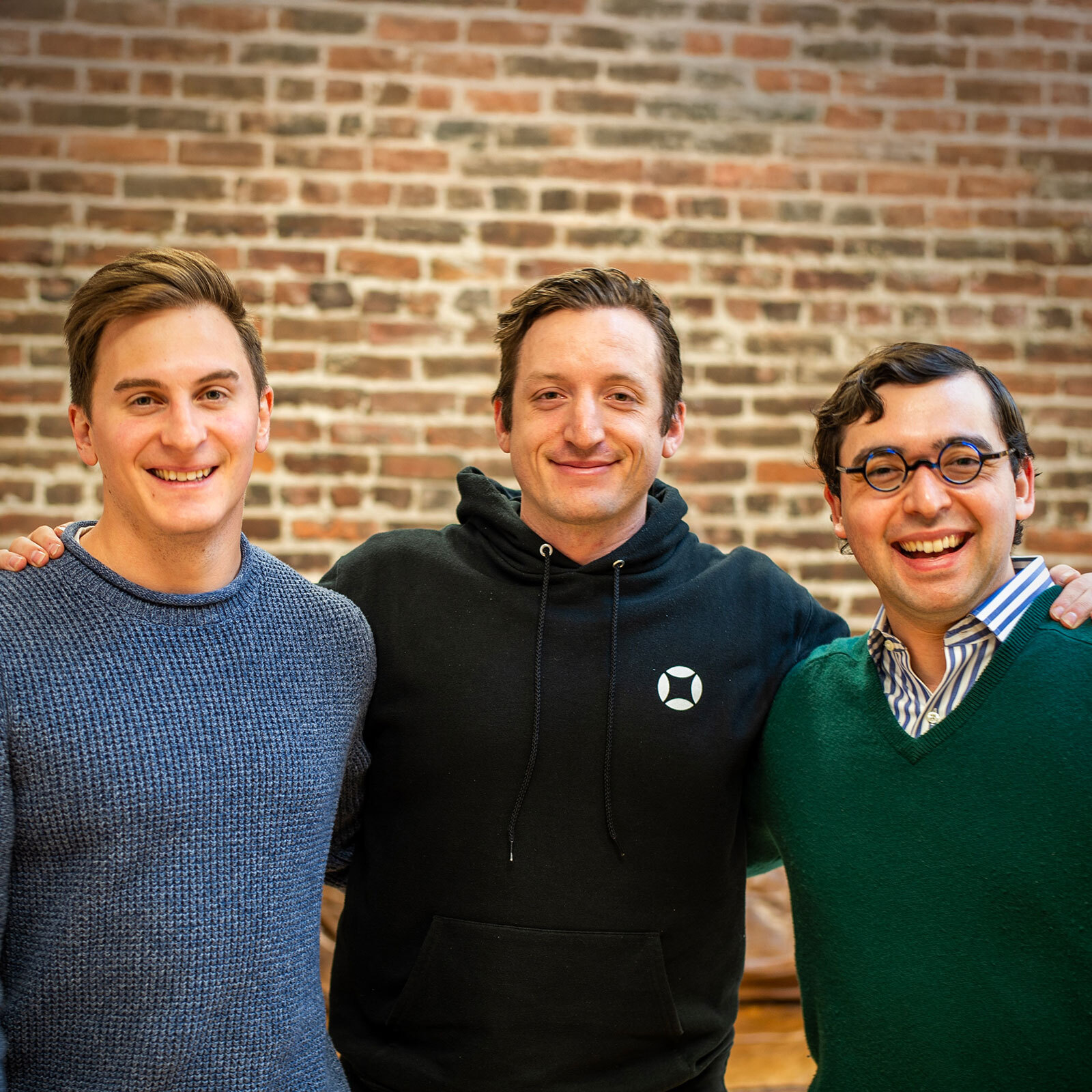In the last 40 years, tech has evolved tremendously, driving innovations on nearly every front. And yet, the software stack for hardware engineering has remained surprisingly static. Today, hardware engineering is dominated by entrenched incumbents, relics founded in the 1980s who, having secured the majority of mind and market share, felt little need to innovate. They haven’t had challengers nipping at their heels, so why fix something that isn’t broken?

Hardware Development Software Is Lagging and Lacking
Upon the release of the Agile Manifesto in 2001, software development adopted a collaborative and responsive methodology. This shift was accompanied by a wave of technologies designed to enhance the developer experience. Hardware engineering, however, stayed behind. More than two decades later, product designers at leading companies continue to rely on PDFs as the primary method of sharing designs and collaborating with colleagues and manufacturers. And while it would be overly simplistic to “copy-paste” software development workflows into hardware engineering, given the distinct nature of their processes and feedback loops, it’s clear that a significant gap exists between the two domains.
The question is: Will new ingredient technologies transform the market? Could we be on the verge of an exciting hardware engineering and manufacturing revolution, shaking up the established players? AI is a factor, but not the only one.
Tailwinds Are Converging to Catalyze Innovation
- Consumer preferences, technological trends, and competitive pressures drive companies to market products more quickly. Faster hardware development enables organizations to design, prototype, and manufacture products within compressed timelines, staying agile in the face of rapidly changing demands. Siloed workflows across design, development, and manufacturing slow down organizations.
- Unprecedented talent brought up in software culture is joining next-gen hardware organizations like SpaceX and Tesla and recognizing that the user experience and flexibility of existing tooling don’t satisfy the organizations’ needs.
- A governmental push for onshoring requires optimizing manufacturing processes to increase overall productivity in domestic manufacturing facilities.
- We are experiencing a flourishing hardware startup scene. At Menlo, we’ve backed leading companies like Roku, Arc, and True Anomaly.
- Cloud adoption in the industrial setting has been slow but has reached a tipping point. A McKinsey survey indicates that two-thirds of industrial manufacturing companies have adopted the cloud. Remote work makes design sharing and reviews over PDF/paper untenable; cloud-based collaboration solutions are necessary.
- AI as an ingredient will be a game changer. Earlier this year, Synopsys acquired Ansys, pointing to the “megatrends of AI, silicon proliferation, and software-defined systems” as a paradigm shift requiring new tools to compete.
Three Key Areas to Watch

The above trends aren’t going unnoticed and provide a flourishing landscape for startups. Menlo is keeping an eye on three core themes with attractive investment potential:
- Breaking down the silos generated by closed design environments:
- Companies like Colab make internal design reviews easier by making CAD designs shareable and commentable for large enterprises, while Bild (next-gen GrabCAD) and Duro are targeting up-and-coming hardware companies with more intuitive workflows and open platforms where teams can share drawings and documents over a portal with suppliers.
- Allspice in PCB (printed circuit board) design and Rollup in MCAD (mechanical computer-aided design) build central collaboration environments for design/engineering teams.
- Copia is bringing GitHub-like version control to automation engineers.
- Streamlining design, testing, and manufacturing workflows with GenAI:
- Companies like Flux and Quilter are introducing automated PCB design and layout experiences, and Zoo is building a generative parametric design model.
- New AI simulation solutions like PhysicsX, and Siml.ai aim to eliminate the need for hours-long simulation runs and/or supercomputers.
- Companies like Dirac aim to generate work instructions automatically.
- The move to the cloud is now:
- First resonance and Fulcrum are building API-first and cloud-hosted MES (manufacturing execution system) solutions with more intuitive workflows and lower price points.
Conclusion
It feels like we’re witnessing a sea change; the tailwinds of innovation are blowing in favor of a new generation of hardware-focused software companies willing to challenge the status quo and usher the industry into a new era. At Menlo, we have several investors with advanced degrees in mechanical and electrical engineering (including myself!), so we’re well familiar with the technology’s shortcomings and potential, and we’re excited to see what happens next. If you are part of an engineering team building hardware design or an expert in the space, please reach out; we would love to connect with you.
As a principal at Menlo Ventures, Feyza focuses on soon-to-breakout consumer, fintech, and enterprise SaaS companies. Prior to Menlo, Feyza worked as an engineer at various companies in different growth stages, including Nucleus Scientific (now Indigotech), Fitbit, and Analog Devices. Her exposure to a wide range of tasks and opportunities…







